Vietnam is a country where ancient traditions blend seamlessly with modern living—where dramatic mountains meet tropical coastlines, and where every meal feels like a celebration. For travelers seeking a destination that offers culture, cuisine, nature, beaches, and authentic encounters, Vietnam remains one of Asia’s most captivating gems.
This comprehensive guide of Multi-Country Asia Tours explores the best things to do in Vietnam, including hidden experiences, cultural highlights, and unforgettable adventures. Whether you’re planning your first trip or returning for a deeper journey, this article will help you discover the most exciting Vietnam stuff to do in 2025.
Why Vietnam Should Be Your Next Destination
Vietnam has consistently ranked among the top travel destinations in Asia thanks to its accessibility, affordability, rich cultural heritage, and diverse landscapes. From the towering limestone cliffs of Ha Long Bay to the lantern-lit streets of Hoi An and the buzzing energy of Ho Chi Minh City, the country is packed with experiences suited for all types of travelers.
What makes Vietnam truly exceptional is its balance of experiences: adventure, peace, culture, food, and hospitality. The tourism infrastructure has significantly improved over the years, offering modern hotels, luxurious resorts, domestic flights, and guided tours that elevate the travel experience
Top 10+ Things to Do in Vietnam
1. Explore the Timeless Beauty of Hanoi
No visit to Vietnam is complete without spending time in the capital city—Hanoi. Known for its charming mix of ancient temples, French colonial architecture, tree-shaded boulevards, and bustling Old Quarter streets, Hanoi is the perfect introduction to Northern Vietnam.
Walking through the Old Quarter is one of the top things to do in Vietnam, offering an immersive view of local street culture. Visitors can enjoy traditional coffee shops, street food markets, silk shops, and centuries-old temples hidden among narrow alleys. Hanoi is also home to key cultural sites such as Hoan Kiem Lake, the Temple of Literature, and the Ho Chi Minh Mausoleum.
For travelers seeking deeper cultural understanding, joining a local food tour or visiting the Museum of Ethnology provides insight into Vietnam’s rich ethnic diversity. Whether you’re exploring on foot or riding on a cyclo, Hanoi’s charm lies in its ability to feel both ancient and contemporary.
2. Cruise Through Ha Long Bay or Lan Ha Bay
Ha Long Bay is a UNESCO World Heritage Site and one of the most iconic landscapes in the world. With its emerald waters, dramatic limestone formations, and secluded beaches, Ha Long Bay is a must-visit for anyone researching the best Vietnam stuff to do.
Visitors can choose from day cruises, overnight luxury cruises, or private charters. Many itineraries include kayaking, cave exploration, sunset viewing, cooking classes, and squid fishing at night. For travelers seeking a quieter experience, Lan Ha Bay—just south of Ha Long—is equally stunning with far fewer crowds.
Ha Long Bay has also become a destination for premium travel thanks to world-class cruise ships equipped with rooftop pools, fine dining restaurants, and spa services. Whether relaxing on deck or kayaking through hidden lagoons, Ha Long Bay promises a timeless, postcard-perfect experience.
3. Discover Ancient History in Ninh Binh
Often called “Ha Long Bay on land,” Ninh Binh offers landscapes of rice paddies, limestone cliffs, and winding rivers. Taking a traditional sampan boat ride through Trang An or Tam Coc is one of the most mesmerizing things to do in Vietnam.
The region is also home to historic temples, pagodas, and the former imperial capital of Hoa Lu. Hikers will love Mua Cave viewpoint, where a 500-step climb rewards you with panoramic views of the valley.
Ninh Binh is ideal for travelers seeking nature, photography, and peaceful countryside life. Its rural charm and dramatic landscapes make it one of Northern Vietnam’s standout destinations.
4. Trek the Misty Mountains of Sapa
For adventure lovers, Sapa offers terraced rice fields, ethnic minority villages, and cool mountain weather. Trekking through local villages such as Ta Van and Lao Chai is one of the most authentic things to do in Vietnam for cultural immersion.
Travelers can stay overnight in homestays, ride the cable car up Fansipan (the “Roof of Indochina”), or explore bustling local markets. Sapa offers a refreshing contrast to Vietnam’s tropical coastal areas and feels like an entirely different world.
5. Experience the Magical Lantern Town of Hoi An
Hoi An is widely considered one of the most enchanting places in Vietnam. Its preserved Ancient Town, colorful lanterns, riverside cafés, and boutique tailor shops create a unique atmosphere that blends history, art, and romance.
Exploring Hoi An Ancient Town at night is one of the most popular Vietnam stuff to do, as the streets glow with thousands of lanterns. Visitors can take a boat ride along the Thu Bon River, join a lantern-making workshop, or shop for tailored garments that can be made in just 24 hours.
Hoi An’s food scene is also exceptional, with specialties such as Cao Lau, White Rose Dumplings, and Mi Quang. Combined with stunning nearby beaches like An Bang, Hoi An offers a complete coastal-culture experience.
6. Enjoy the Beaches and Vibes of Da Nang
Da Nang is a modern coastal city with long sandy beaches, upscale resorts, and famous attractions like the Marble Mountains and Bana Hills. The Golden Bridge—a pedestrian walkway held up by giant stone hands—has become a global travel icon and one of the most photographed things to do in Vietnam.
Da Nang is perfect for families, couples, and leisure travelers who want a mix of beach relaxation and urban convenience. Its airport connectivity also makes it a major hub for central Vietnam.
7. Visit the Ancient Capital of Hue
Hue offers a deep dive into Vietnam’s imperial history. The UNESCO-listed Imperial Citadel, royal tombs, and pagodas reveal centuries of Nguyen Dynasty heritage. Travelers can take a dragon boat along the Perfume River or explore the peaceful Thien Mu Pagoda.
Hue’s cuisine is refined and artistic, once prepared for royalty. Dishes like Bun Bo Hue, Banh Beo, and Banh Nam are must-tries, making food exploration one of the most memorable things to do in Vietnam’s cultural heartland.
8. Immerse Yourself in Vibrant Ho Chi Minh City
Ho Chi Minh City (Saigon) is Vietnam’s largest metropolis—fast, modern, energetic, and full of life. Visitors will find towering skyscrapers, rooftop bars, vibrant markets, museums, and hidden cafes.
Key highlights include the War Remnants Museum, Notre Dame Cathedral, Ben Thanh Market, and Cu Chi Tunnels. Street food tours offer an exciting way to discover Saigon’s world-class culinary scene.
For those searching for modern Vietnam stuff to do, Saigon delivers with its nightlife, shopping malls, creative art spaces, and high-end restaurants.
9. Relax in the Mekong Delta Countryside
The Mekong Delta contrasts beautifully with Vietnam’s bustling cities. Known as the “Rice Bowl of Vietnam,” this region features floating markets, coconut farms, tropical fruit orchards, and river villages.
Taking a boat ride along the Mekong’s waterways is one of the most peaceful things to do in Vietnam. Travelers can sample fresh fruits, visit local workshops, or enjoy traditional music performances.
Homestays provide an unforgettable cultural experience, allowing visitors to witness daily life in the Delta firsthand.
10. Discover Island Paradise in Phu Quoc
Phu Quoc is Vietnam’s largest island and one of Asia’s rising resort destinations. With white-sand beaches, crystal-clear water, and luxury beachfront resorts, Phu Quoc offers the perfect tropical escape.
Visitors can snorkel, visit fishing villages, explore national parks, or enjoy sunset cruises. Relaxing on Long Beach or Sao Beach is one of the top things to do in Vietnam for travelers seeking pure relaxation.
Unique Vietnam Stuff to Do
Vietnam is full of hidden gems and memorable experiences that travelers often miss. Some unique activities include:
- Joining a Vietnamese cooking class
- Taking a motorbike tour through mountain passes
- Visiting ethnic minority markets
- Watching a traditional water puppet show
- Exploring caves in Phong Nha-Ke Bang
These experiences add depth to your journey and bring you closer to Vietnam’s cultural soul.
Travel Tips for Planning Your Vietnam Vacation
1. Best Time to Visit Vietnam
Because Vietnam stretches over 1,600 kilometers from north to south, the country experiences multiple climate zones. This diversity means you can enjoy travel year-round, but choosing the right time for your itinerary can help you maximize comfort and avoid unpredictable weather.
Northern Vietnam (Hanoi, Ha Long Bay, Ninh Binh, Sapa): October–April
This period offers cooler temperatures, clear skies, and ideal conditions for outdoor activities. Ha Long Bay’s limestone formations are especially stunning under crisp winter sunlight, while trekking in Sapa is more pleasant in the dry season. January to February may bring mist and chilly weather, adding a mystical charm to the mountains.
Central Vietnam (Hoi An, Hue, Da Nang): February–August
Central Vietnam enjoys long stretches of sunshine and warm temperatures during these months. Travelers seeking beach time should prioritize Da Nang and the nearby coast, where conditions are perfect for swimming, sunbathing, and water sports. Hoi An’s lantern-lit evenings are particularly mesmerizing during the dry season.
Southern Vietnam (Ho Chi Minh City, Mekong Delta, Phu Quoc): November–April
This is the dry season in the south, characterized by warm weather and bright skies. It’s the ideal time for exploring bustling Ho Chi Minh City, cruising the Mekong River, or relaxing on Phu Quoc’s pristine beaches. May to October brings occasional tropical showers, but travel remains enjoyable with short bursts of rain.
2. Transportation in Vietnam
Vietnam has significantly improved its transportation system, making travel more convenient for international visitors. Modern airports, efficient highways, and an expanding train network ensure seamless connections between major destinations.
Domestic Flights
Flying is the fastest and most comfortable way to move across long distances such as Hanoi–Da Nang or Da Nang–Ho Chi Minh City. Airlines like Vietnam Airlines, Vietjet Air, and Bamboo Airways operate frequent flights at competitive prices.
Trains
Vietnam’s historic Reunification Express runs along the coast between Hanoi and Ho Chi Minh City, offering scenic views and comfortable cabins. Train travel is slower than flying but ideal for travelers who want a more relaxed, immersive experience.
Private Cars and Drivers
Hiring a private car with an English-speaking driver is a popular choice for travelers who want flexibility and comfort. It’s perfect for day trips in Ninh Binh, Da Nang, Hue, or the Mekong Delta.
Local Transportation
Taxis and ride-hailing apps such as Grab make navigating cities easy. In smaller destinations, bicycles and motorbikes are common for short-distance exploration.
3. Accommodation Options in Vietnam
Vietnam offers an impressive range of accommodation options that cater to every travel style. Whether you’re seeking boutique charm, beachfront luxury, or culturally immersive stays, the country delivers exceptional value for money.
Boutique Hotels
Found in cities like Hanoi, Hoi An, and Hue, boutique hotels are known for stylish design, personalized service, and a strong sense of local character. These properties often feature unique architecture and cozy interiors ideal for couples or culture enthusiasts.
Luxury Resorts
Vietnam is home to world-class beachfront resorts—particularly in Da Nang, Phu Quoc, Cam Ranh, and Quy Nhon. These properties offer private pools, spa facilities, gourmet dining, and stunning ocean views. For travelers seeking premium comfort, 4–5-star accommodations provide outstanding quality at excellent prices.
Homestays
For a deeper cultural connection, homestays in Sapa, Mai Chau, the Mekong Delta, or ethnic villages offer authentic experiences. Guests can participate in local cooking, farming activities, or traditional craft workshops.
City Hotels
In major cities like Ho Chi Minh City and Hanoi, international-standard hotels provide modern amenities, co-working areas, rooftop pools, and convenient access to attractions.
4. Vietnam Local Etiquette and Cultural Awareness
Vietnamese people are known for their friendliness, humility, and hospitality. Understanding a few cultural guidelines will help you connect respectfully and enjoy smoother interactions throughout your journey.
Greetings and Communication
A gentle smile and slight nod are always appreciated. While English is widely spoken in tourist areas, locals admire visitors who try simple Vietnamese phrases like “Xin chào” (hello) or “Cảm ơn” (thank you).
Dress Code
Vietnam is generally casual and comfortable, but respectful attire is important when visiting temples, pagodas, or religious landmarks. Covering shoulders and knees demonstrates cultural awareness and respect.
Dining Etiquette
Sharing food is a big part of Vietnamese culture. When dining with locals, wait for the oldest person to begin eating, and try every dish offered as a sign of appreciation.
Photography
Always ask for permission before photographing individuals, especially in remote ethnic communities.
Plan Your Vietnam Journey with Multi-Country Asia Tours
Whether you’re dreaming of kayaking through limestone cliffs, wandering lantern-lit streets, savoring the best street food in Asia, or simply relaxing on tropical beaches, Vietnam welcomes you with open arms.
Use this guide to discover the most exciting Vietnam stuff to do, craft your itinerary around the experiences that inspire you, and get ready for a trip filled with unforgettable memories.
Contact with Multi-Country Asia Tours https://www.multicountrytours.asia/ now to have suggestion for perfect Vietnam Vacation today!


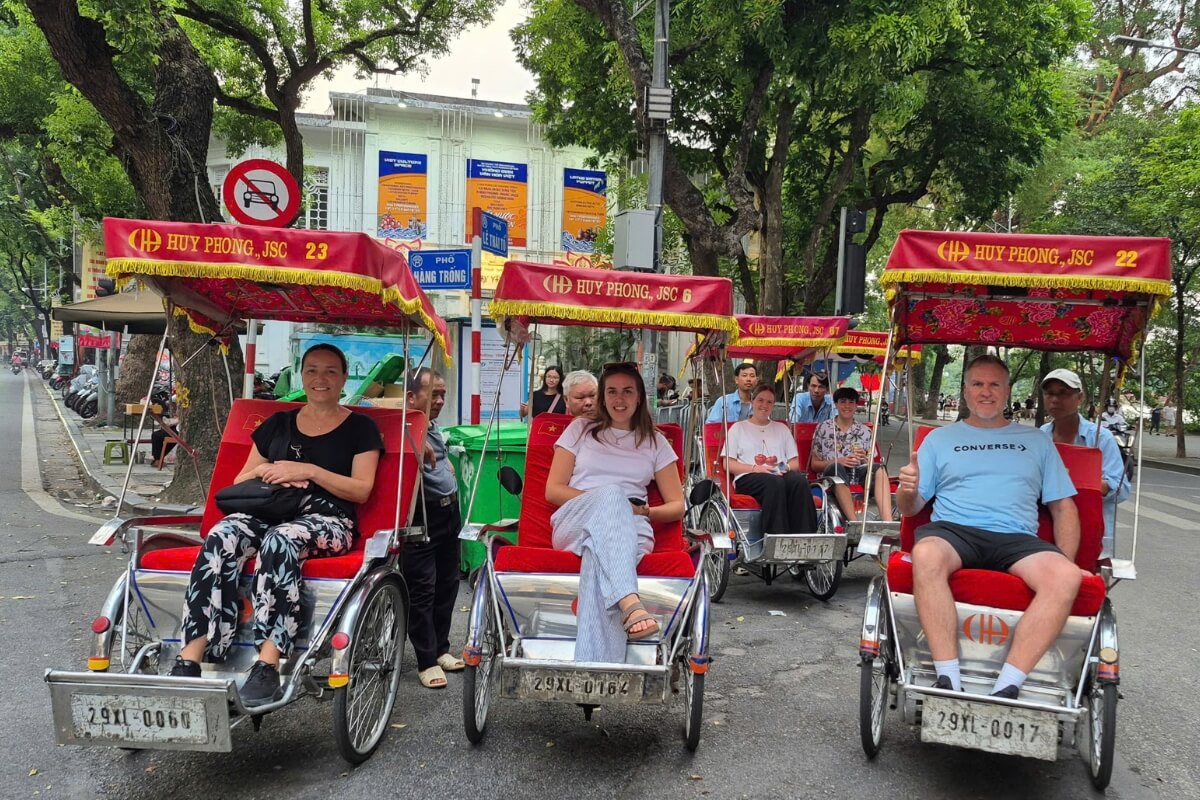

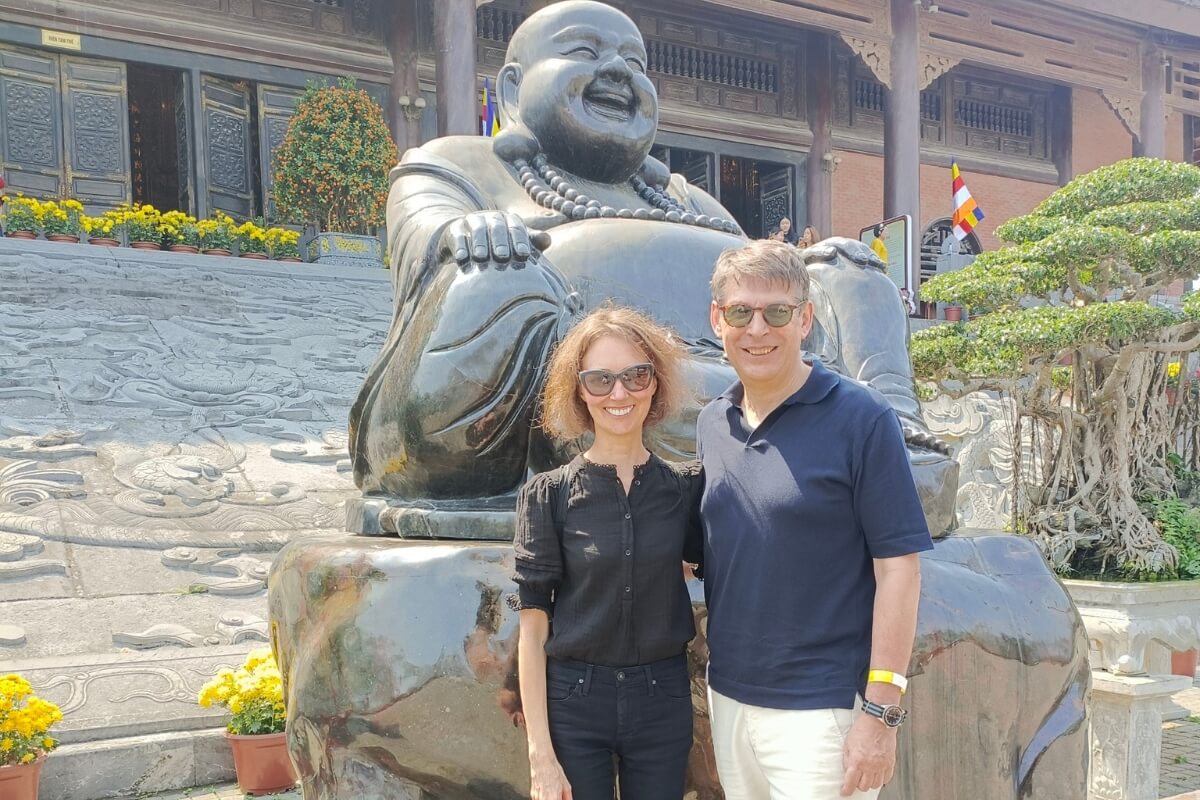
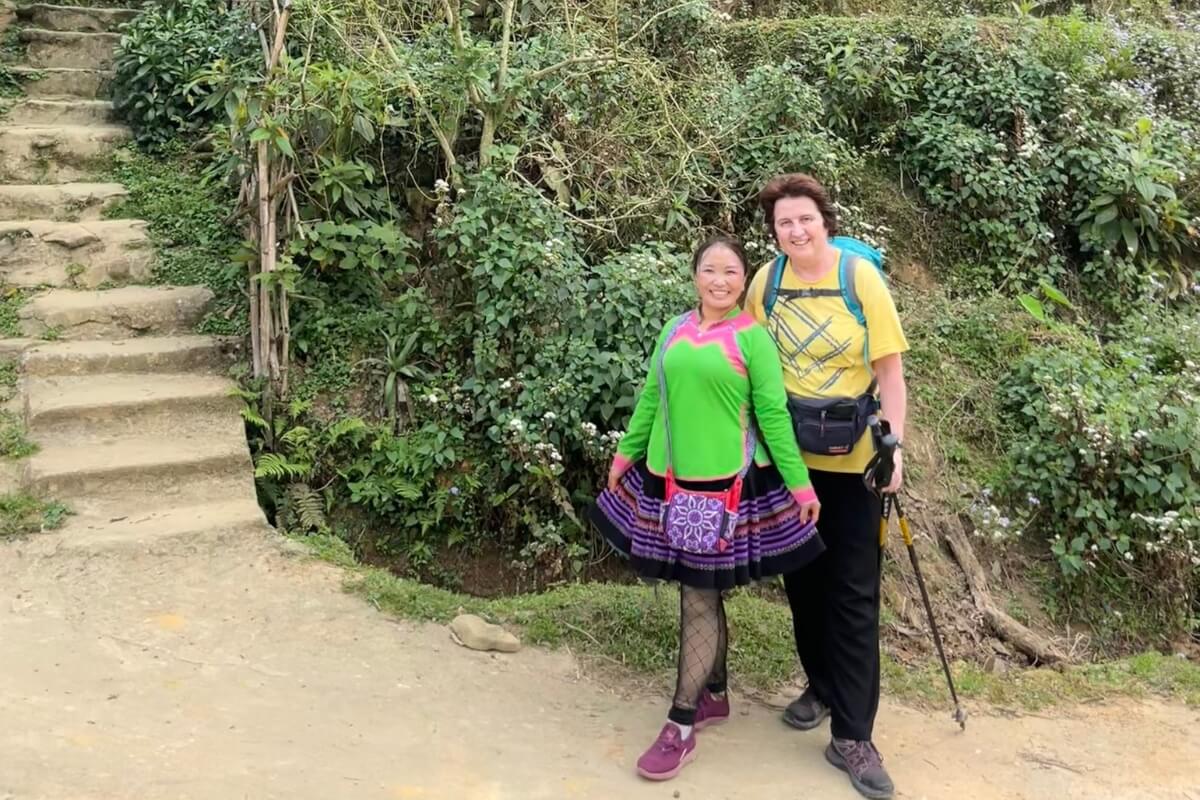

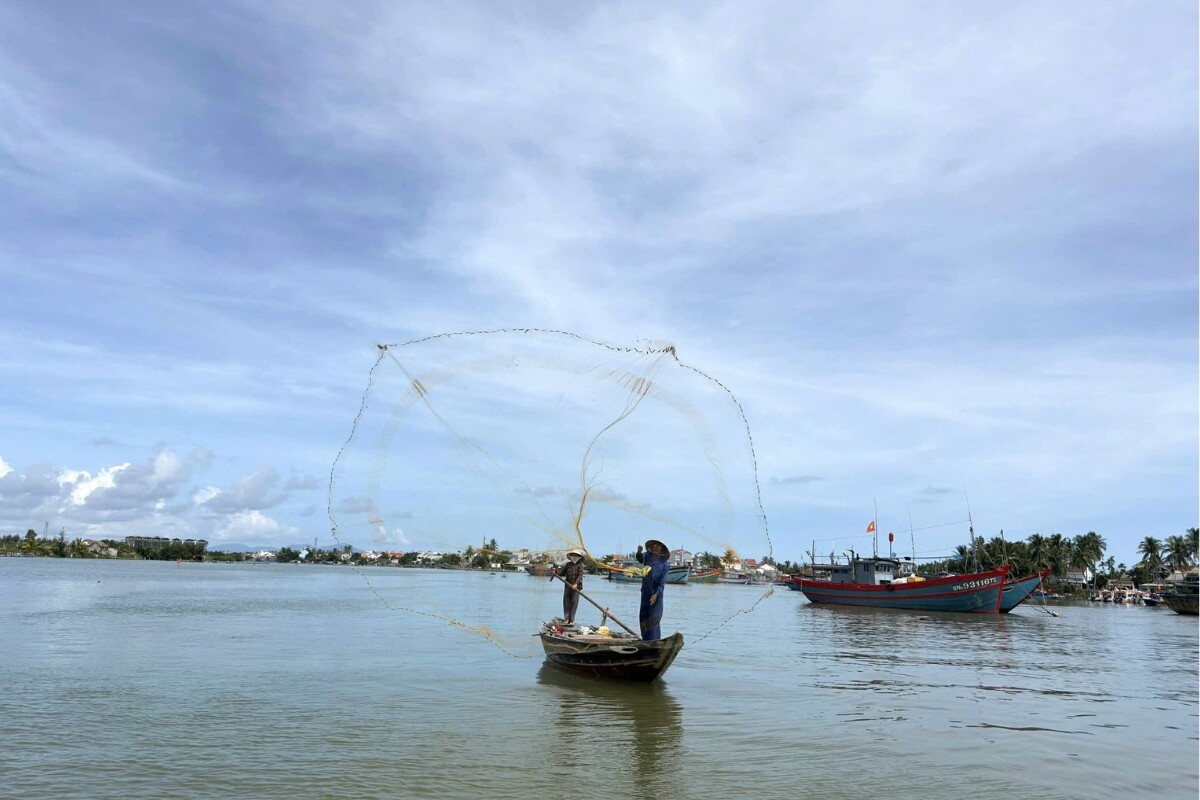

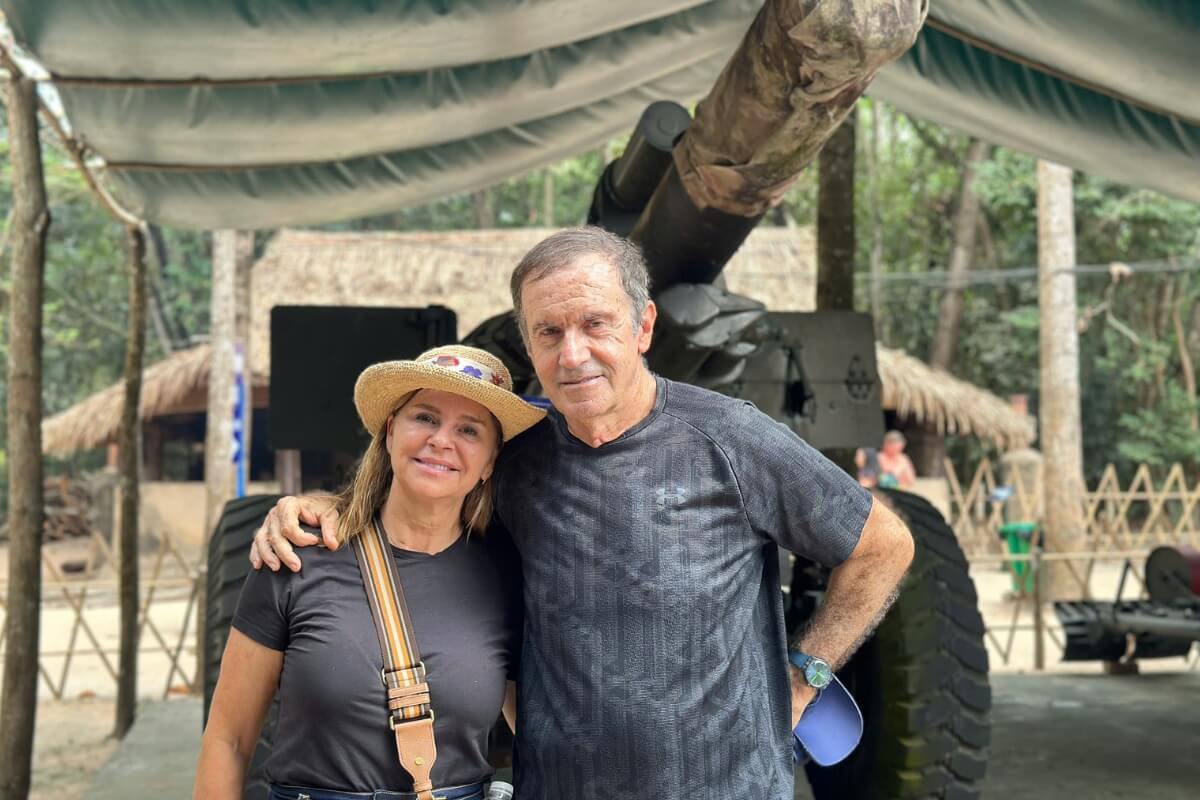

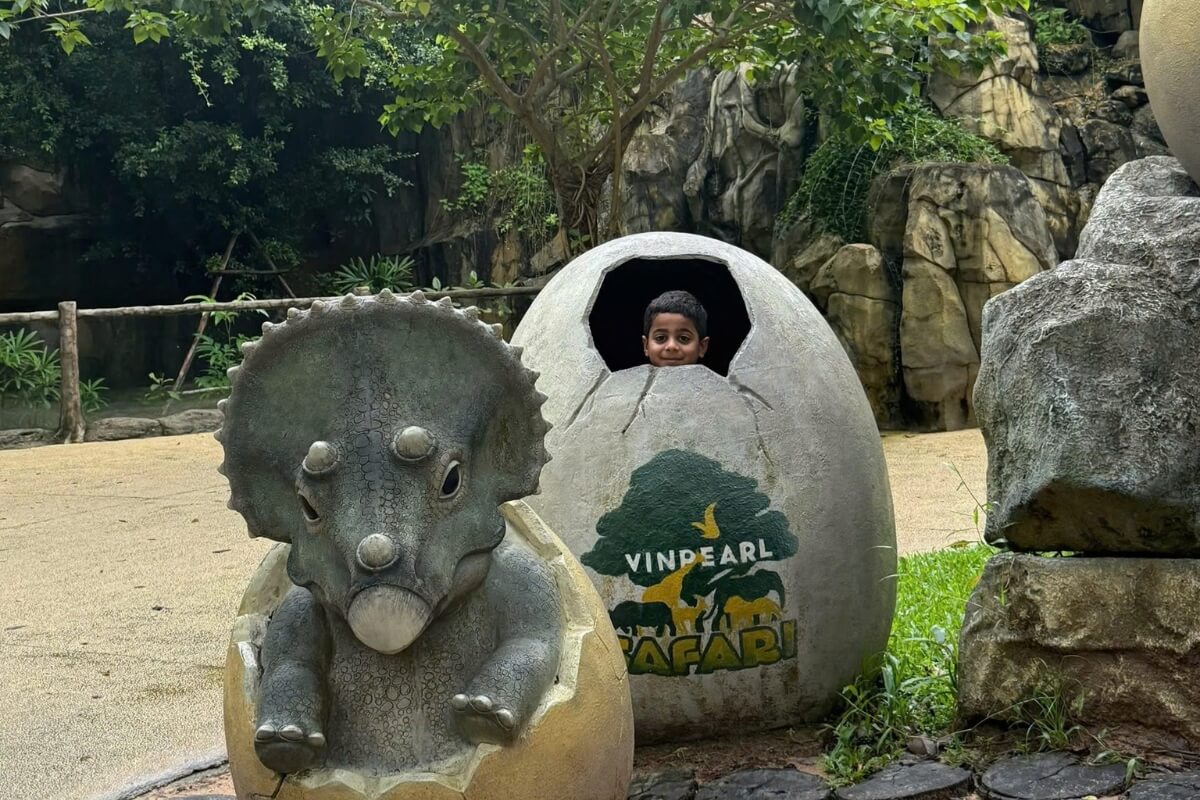



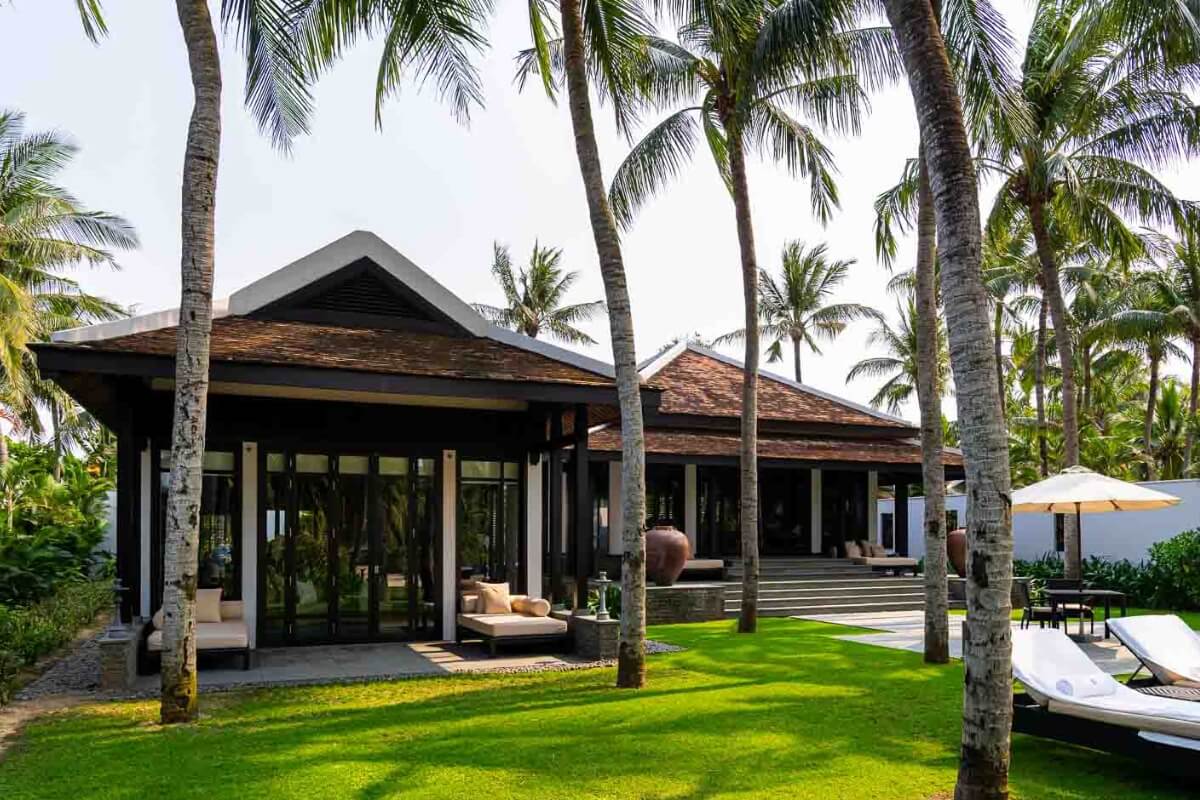
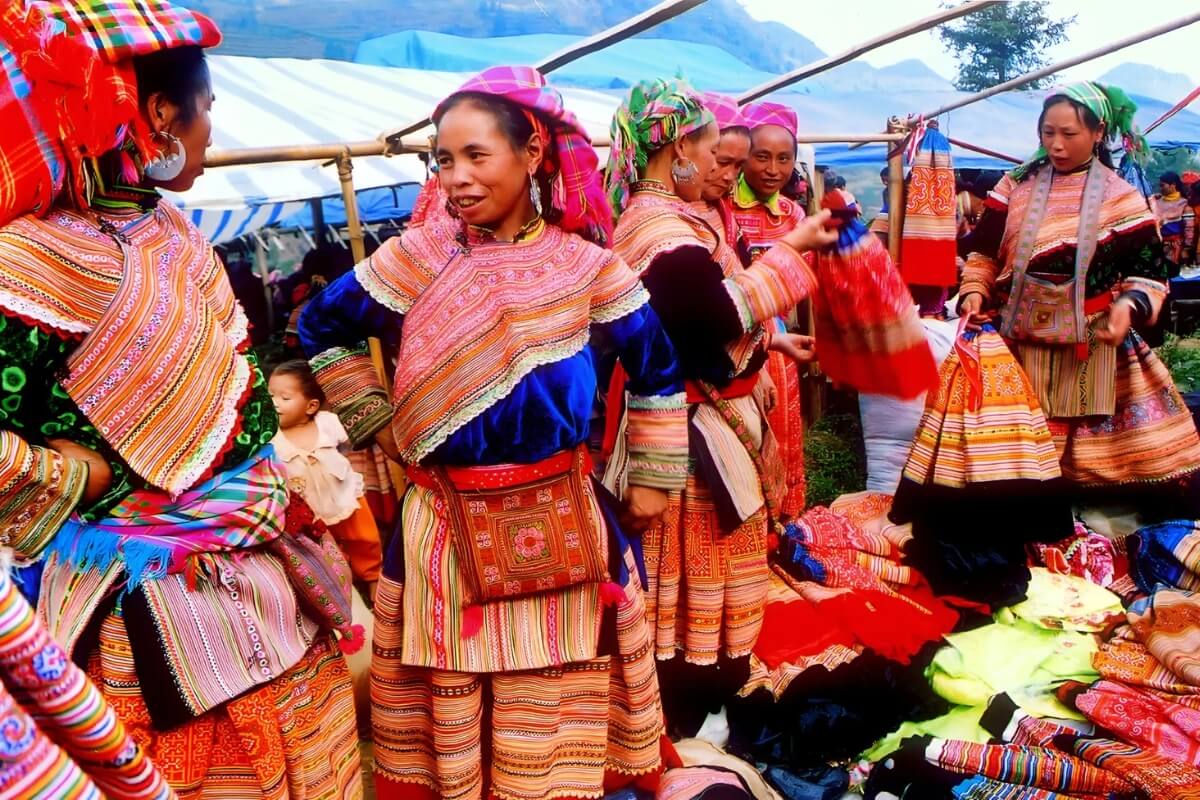
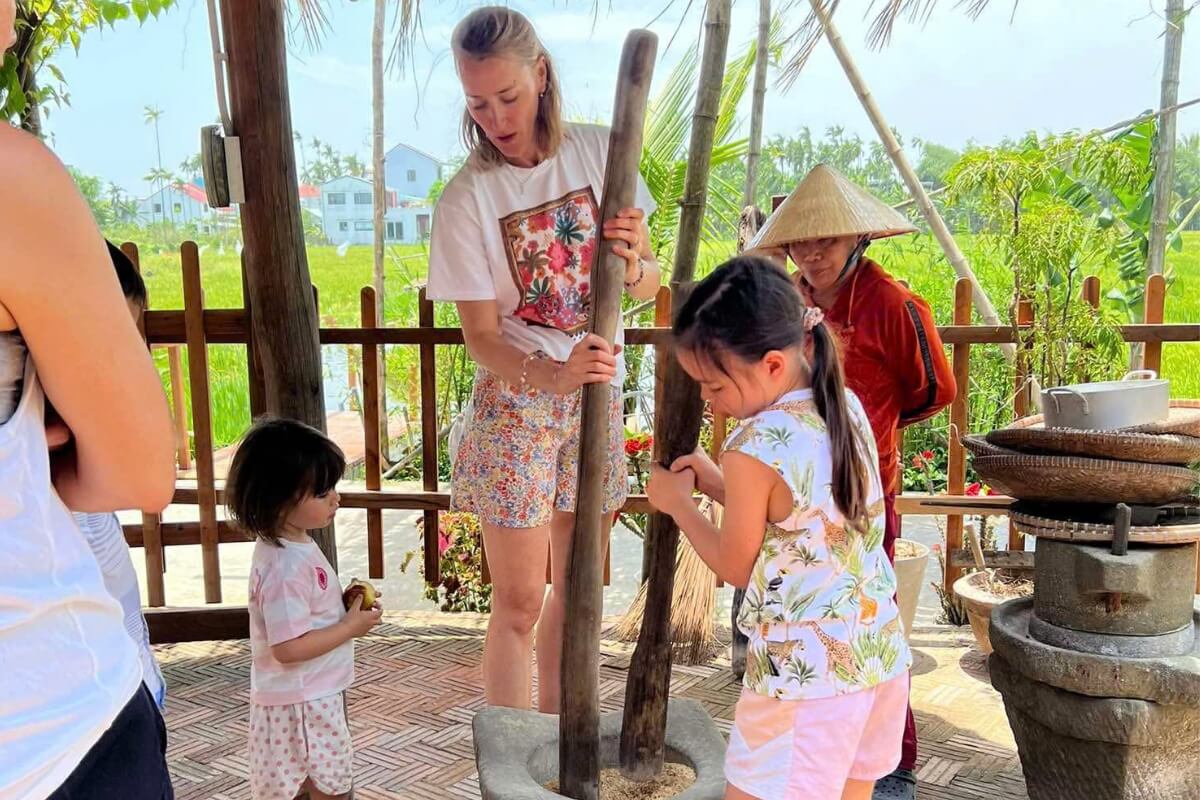
Comment (0)